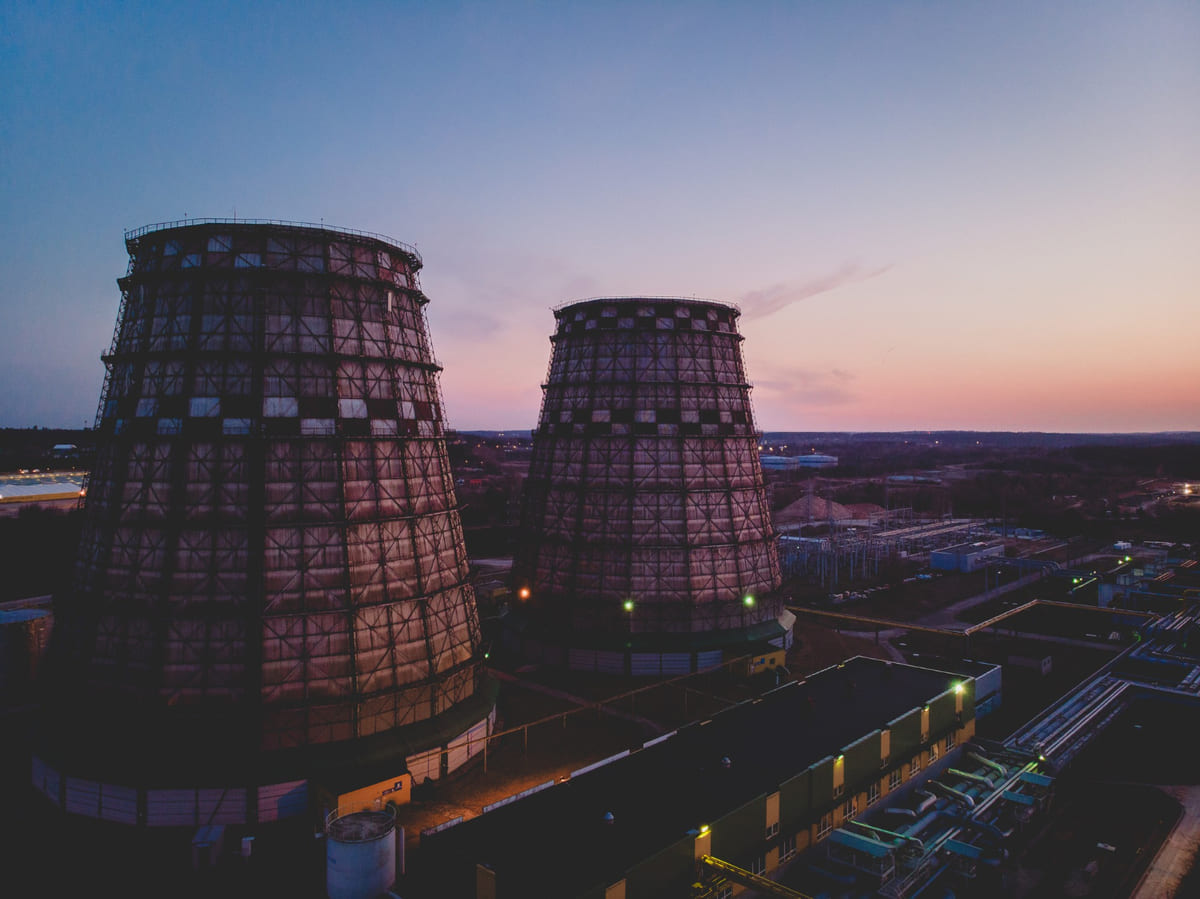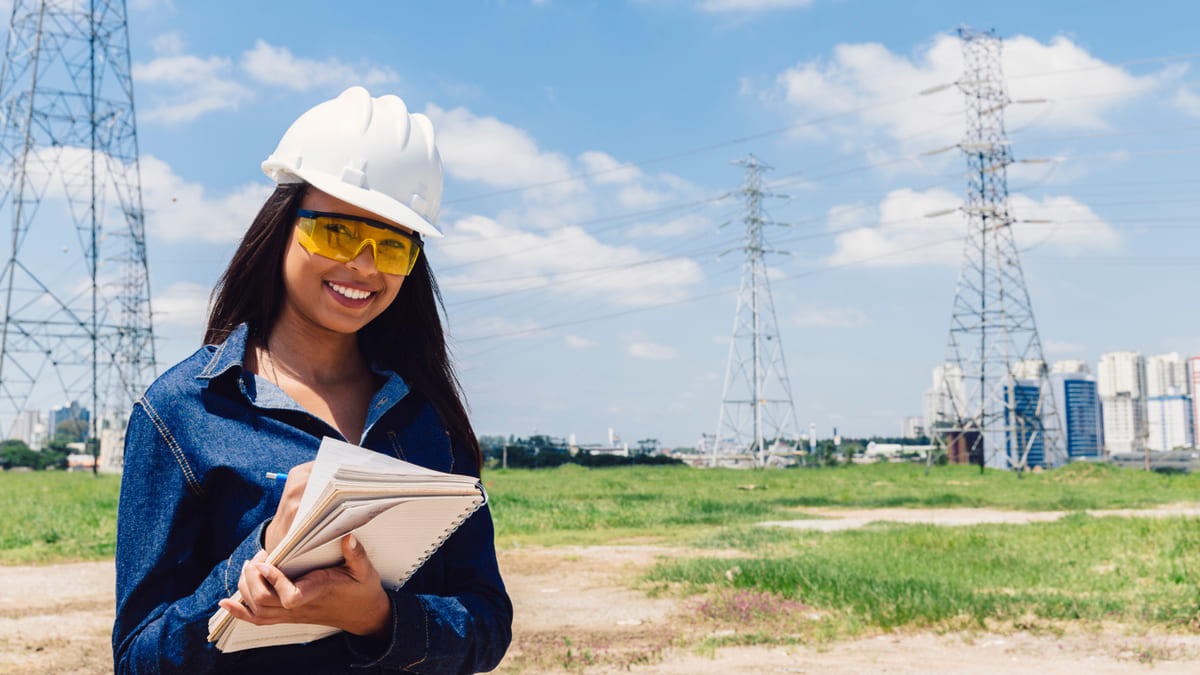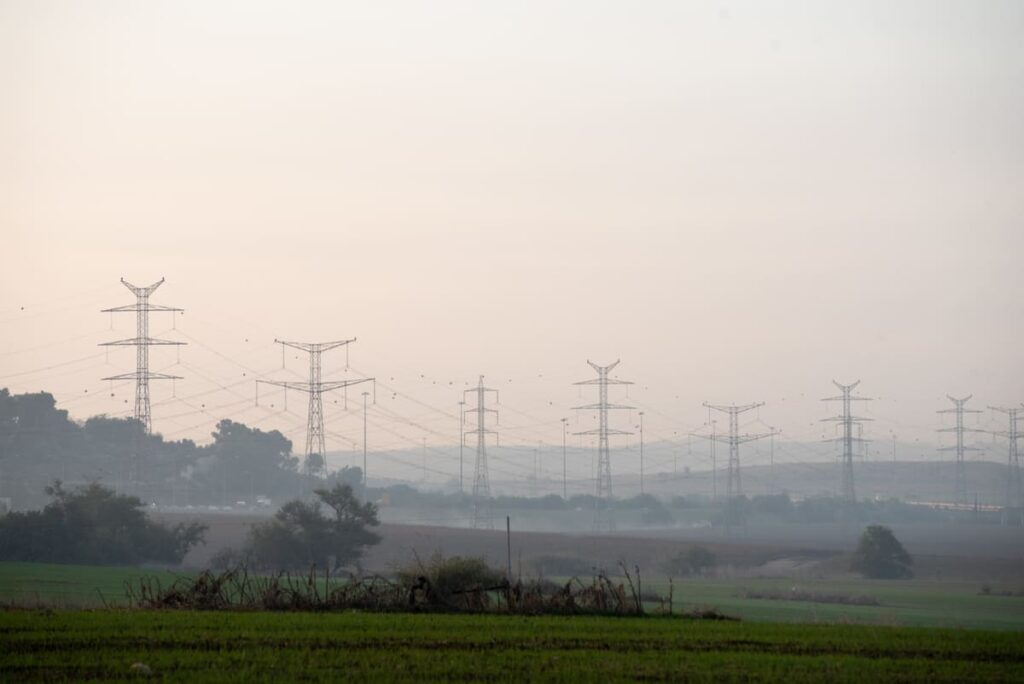The infrastructure sector is an important economic driver in India. The sector is largely responsible for driving Megaprojects in India’s overall growth by developing new infrastructure projects and upgrading old facilities. The government has placed a great deal of emphasis on implementing laws that will expedite the establishment of Megaprojects in India.
The infrastructure sector comprises power, bridges, dams, national highways, regional highways, Indian railways, and urban Megaprojects in India. In other words, the infrastructure sector catalyzes India’s economic growth by driving the expansion of associated industries such as townships, housing, built-up infrastructure, and construction development projects.
To achieve India’s goal of a USD 5 trillion economy by 2025, infrastructure development is urgently required. To boost infrastructure investments, the government has developed the National Infrastructure Pipeline (NIP) in conjunction with other initiatives such as ‘Make in India’ and the production-linked incentives (PLI) plan. Historically, over 80% of the nation’s infrastructure expenditures have been allocated to transportation, energy, and water & irrigation.
Table of Contents
Top 5 Megaprojects in India you Must See
1. Setu Bharatam Project
Click to see project images
With an ambition to build bridges for safe and seamless travel on National Highways the Government of India launched Setu Bharatam programme in March 2016. This is one of the Megaprojects in India that is under the Ministry of Road Transport and Highways. A total of Rs. 102 billion has been allocated for completion of this project with a target to make all the national highways free from railway crossings by constructing new bridges and renovating old ones. Under the project construction of 208 rails over and under bridges has been planned and also to reconstruct and widen 1,500 British-era bridges in a phased manner.
The project emphasises on the use of scientific techniques in its construction workflow and has established the Indian Bridge Management System under the Ministry of Road Transport and Highways that conducts surveys and inventions of all the bridges on the national highways through mobile inspection units. There are around 11 firms that have been set up for this purpose. This project has been successful in inventing 50,000 bridges till now and the first cycle of this survey was completed in June 2016.

2. Indian Bullet Train
Click to see project images
India’s first bullet train is being manufactured in Bengaluru, which will travel with a design speed of 280 kilometers per hour (kmph) which is close to the Japanese Shinkansen E5 series, which achieves a speed of 320 km/hr.
This is one of the Megaprojects in India that contract is being secured by BEML (Bharat Earth Movers Limited), one of India’s renowned engineering and manufacturing companies. The contract is worth INR 866.87 crores (USD 103.506 million) and will include the supply of two high-speed rail sets, each comprising eight coaches. Each coach is valued at INR 27.86 crores (USD 332 million).
This contract is being awarded by the Indian Railways Integral Coach Factory (ICF).The contract value includes design costs, non-recurring charges, testing facilities, fixtures, and jig costs. For more details about the Indian bullet train cost, timeline, and contractors involved, subscribe to Blackridge’s construction database in India. The bullet rail project is expected to reduce the traffic congestion once it is operational across the Mumbai–Ahmedabad stretch.
Suggested article to read: Top 7 Game-Changing Commercial Projects in India
3. Navi Mumbai International Airport
Click to see project images
The Navi Mumbai International Airport (NMIA) in South Mumbai is an under-construction airport in Navi Mumbai. This is one of the Megaprojects in India that is Mumbai’s second International airport after the Chhatrapati Shivaji Maharaj International Airport.

The Airport venture is being implemented on a PPP (Public-Private Partnership) model on the BOOT (Build Own Operate Transfer project) delivery scheme. An SPV (Special Purpose Vehicle) named NMIAL (Navi Mumbai International Airport Limited) was formed to execute the project by Adani Group, CIDCO and GVK. The project is built at a cost of the project is INR 16,700 crores (USD 200 million).
On October 11th, 2024, The Indian Air Force (IAF) inaugurated the Navi Mumbai airport runway by operating the first inaugural flight to Navi Mumbai airport with an Airbus C-295 over runway 26 of the airport. The Navi Mumbai airport is likely to be operational by the end of March 2025.
4. Bharatmala Project
Click to see project images
Transport Megaprojects in India is the lifeline of India, as it connects the remotest corners of our vast country, enabling safe and smooth mobility, while empowering our economy. The government of India realizes the importance of sustainable transport infrastructure and thus introduced the Bharatmala Pariyojna. With the use of technology and scientific planning for project preparation and asset monitoring this ambitious project aims to connect every corner of the country and bridge critical infrastructure gaps through effective interventions like development of economic corridors, inter corridors and feeder routes, national corridor efficiency improvement, border and international connectivity roads, coastal and port connectivity roads and green-field expressways.
This is one of the Megaprojects in India that aims to connect every corner of the country interconnecting 550 District Headquarters through a minimum 4-lane highway by raising the number of corridors to 50. Different phases have been identified for this particular project under which atotal of around 34,800 kms of roads development has been identified for which the estimated budget is INR 5,35,000 crore. The timeline of Phase 1 of Bharatmala Pariyojna is five years from 2017-2022. The Bharatmala project phase 1 was planned with a length of 34,800 kms of which about 17,411 kms has been constructed and the entire stretch is expected to be completed by 2027-28.

5. Narmada Valley Development Project
Click to see project images
The Narmada Valley Development Project, or NVD Project, is an ambitious water resources development project in the Narmada River Valley in India. This is one of the Megaprojects in India that involves constructing a series of dams and canals along the river basin to generate electricity and provide irrigation and drinking water. One such project is the Sardar Sarovar Dam, a 1450 MW hydroelectric project dam. It is one of the mega projects in India with a budget of USD 30 billion.
The Sleemanabad Canal Tunnel spread across 1,84,000 hectares of land. It will supply irrigation water in Rewa, Satna, Katni, Maihar and other districts of Madhya Pradesh. About Rs 600 crore (USD 7.2 million) has already been spent and works worth over Rs 200 crore are yet to be completed. It is expected to be operational by the end of 2024. This is one of the Megaprojects in India that will also drench the thirst of the local people in many parts of Madhya Pradesh.
FAQs
What steps has the Indian government taken to boost infrastructure development?
- Answer: To push India closer to its goal of becoming a USD 5 trillion economy by 2025, the government has introduced several initiatives to accelerate infrastructure projects. The National Infrastructure Pipeline (NIP) is a major step in this direction, along with programs like ‘Make in India’ and the production-linked incentives (PLI) plan, all aimed at encouraging investments and fast-tracking construction projects.
What is the Bharatmala Project, and how will it change India’s road network?
- Answer: The Bharatmala Pariyojna is one of the most ambitious Megaprojects in India, designed to revolutionize the country’s road connectivity. The goal is to connect 550 District Headquarters with a minimum 4-lane highway, improving national corridors, border roads, and coastal routes. By using advanced planning and technology, this project is set to enhance mobility across the country and support economic growth.
Why is the infrastructure sector so important for India’s growth?
- Answer: India’s infrastructure sector plays a huge role in shaping the country’s economy. It’s responsible for launching and managing Megaprojects in India, whether it’s building new highways, upgrading old bridges, or expanding rail networks. Strong infrastructure doesn’t just improve connectivity; it also drives growth in industries like real estate, construction, and manufacturing, making it a key factor in India’s development.
How will the Narmada Valley Development Project benefit people?
- Answer: The Narmada Valley Development Project isn’t just about infrastructure—it’s about transforming lives. By building a series of dams and canals along the Narmada River, this Megaproject in India will provide irrigation to thousands of farmers, generate hydroelectric power, and supply drinking water to multiple districts. One of its key components, the Sardar Sarovar Dam, is a game-changer for water management in the region.
Conclusion
The Indian economy has been one of the fastest-growing economies not only in South Asia but also in the whole world. In the last three decades, India has achieved new milestones through Megaprojects in India that across sectors like real estate, construction, manufacturing, IT (Information Technology), and pharmaceuticals have a great role in this prosperity. But it is the development of the infrastructure sector that has really been the economic driver.
Megaprojects in India are at the heart of Sustainable Development Agenda 2030. Encompassing everything from health and education for all, access to energy, clean water and sanitation, most of the SDGs imply improvements in infrastructure. It not just provides economic benefits but also works to achieve social and environmental development of a nation. From transport systems to power-generation facilities and water and sanitation networks, it offers the services that enable societies to function and economies to thrive.
Most Recent Construction Trends for 2025
What are 2025 Construction Trends to Watch for?
5 Most Expensive Megaprojects in History; 2025 Review
World’s 6 Most Expensive Megaprojects; 2025 Review
5 Biggest Construction Projects in Europe, Last One being the Most Important
Resources:
biltrax | github | infrainfohub | concretecivil | linkedin | indiatimes
For all the pictures: Freepik



